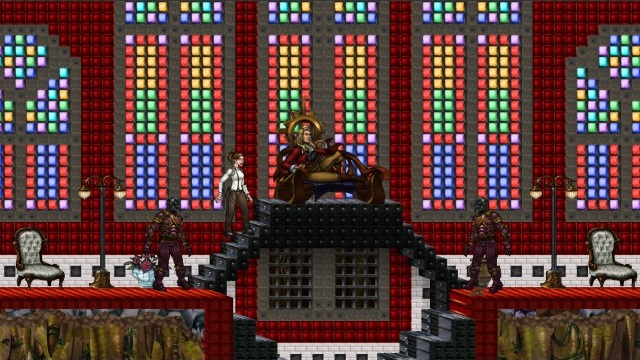"You sink into a world of darkness."
Those are the seven words Windforge’s death-screen would so keenly greet me with after I found myself once again succumbing to the game’s incredibly hostile world. At first glance, Windforge’s 2D steampunk art direction looked so beautiful that I couldn’t wait to escape into Cordeus, the suitably noble-sounding name for its elegant, floating world. However, beneath that beauty lies a brutal and volatile environment, one which seems to take sadistic pleasure in forcing you to meet your maker. Don’t be fooled by Cordeus’s blissful blue skies and majestic, flying sky whales, because living in Cordeus is hell on earth, albeit a much prettier version of hell with less brimstone and more grass.
Independent developer Snowed In Studios initially pitched Windforge as an unlikely amalgamation of Minecraft’s building tools with Contra’s shooting, with RPG elements thrown in for good measure. This intriguing concoction of disparate ideas led the game to a successful Kickstarter campaign, helped in no small part by the revelation that it would feature the aforementioned sky whales, which are by far the most intriguing aspect of the game. They also form the basis of Windforge’s plot.
In the world of Cordeus, whale oil is the most important resource available. Unfortunately, the whales are becoming extinct due to poaching, and so you’re sent on a mission to unearth the secrets of an ancient people named the Aetherkin, who knew of mystical, alternative forms of energy that will hopefully prevent the people of Cordeus from falling into the Dark Ages. You aren’t equipped with a wide range of options to customize your hero from the outset, with only his/her name, gender, hair color, and hometown being selectable. These hometowns essentially determine your hero’s class from among four: butcher, sailor, prospector, and merchant. Each is equipped with its own set of strengths and weaknesses, though I vouched for the nimble-footed sailor.
However, your hero plays a secondary role to your ship, which is fully customizable and equippable with a variety of weaponry and upgrades. These ships have a number of requirements to get them off of the ground, such as propellers, control panels, and obviously, engines, and most come equipped with a hot air balloon, giving them the appearance of aircraft you’d witness floating above Columbia in BioShock Infinite.
While the prospect of building a gargantuan, powerful ship and sailing through Cordeus’s skies is a tantalizing one, this is unfortunately where the seams keeping Windforge tethered together begin to split apart. Windforge sounds like a wonderful and unique game on paper, but dig beneath its pretty surface and you’ll uncover an unsightly mess, one which stands to ruin its compelling concept by way of a series of thoroughly aggravating developmental decisions.
As previously mentioned, Windforge is a difficult game, but its steep difficulty curve doesn't stand to be challenging so much as it acts as a roadblock, preventing you from enjoying and embracing the game’s open world. Aside from the towns in Cordeus where you can take much-needed solace, every other piece of terrain you rest on will find you constantly under attack by flying monsters/enemies in ships, and you’ll rarely find enough respite from this constant action in order to embark upon a successful mining expedition.
Mining is essential if you wish to make your ship sturdier and more well-equipped for battle, but trying to find somewhere safe to disembark your ship to mine is counter-intuitive when doing so is more often than not a death sentence. I found myself frequently pausing the game and creating new save files in order to prepare for the worst, until I’d eventually give up and instead attempt to sail hurriedly from quest to quest in my vulnerable, unprepared ship while desperately trying to avoid gunfire and monsters. Rushing past all the beautiful, hand-drawn artwork of the game contradicts its main appeal, but in order to ensure my survival, it was unfortunately essential.
Aside from said artwork, Windforge’s other major appeal is the aforementioned sky whales, but alas, they are also not without their faults. Demo footage of the game depicts players jumping atop these mammoth beasts, shooting them to death, and then hollowing out their carcasses for resources, before attaching an air balloon and propellers to them and using them as makeshift ships. Grim, yes, but undoubtedly awesome.
Unfortunately, in the finished game the whales inexplicably vanish upon dying. Curiously, though, the whales don’t actually entirely disappear, but rather their artwork does—you can still mine their transparent bodies and attach propellers etc. to them, but you can’t see them, meaning you can’t use them as a viable means of transportation. This essentially nullifies their presence, and while Snowed In Studios may later rectify this issue with a patch, I can only call it as I see it, and at the time of this writing I can’t see the sky whales at all.
The quests featured in Windforge are typical search-and-recover RPG fodder made much more frustrating. Retrieving the tablets required to unearth the secrets of the Aetherkin’s alternative fuel source sees you traveling to various temples, each of which houses a boss you must defeat. These temples are huge and feature a multitude of rooms, and with no indication of the whereabouts of the tablets in these temples, you’re essentially left to your own devices to figure out where it is.
This wouldn’t be a bad thing in and of itself, if not for the fact that the temples themselves are thoroughly boring to navigate, populated by nothing more than a slew of enemies and a few pots to break. When I finally reached the bosses I felt a sense of relief, not accomplishment, but fortunately the bosses themselves are actually quite thrilling to fight, and are Windforge’s greatest asset. Your hero is armed with a grappling hook in the game to use for mining, though this tool is at its best when being used to avoid these hulking enemies, swinging around and perching on makeshift platforms before piling bullets into them. This isn’t exactly a unique positive point to give to a game that features quite a few new ideas, but it is one of its only features that is implemented proficiently and makes for some of the most fun moments I had.
However, as is so often the case in Windforge, that fun swiftly comes to an end. Upon starting a new game with a different character class, the screen froze, and after restarting I learned that all my save files were no longer accessible. Trying to load them up would dump me straight to my desktop, with not so much as an error message to inform me of what went wrong. After putting hours into the game, persistently fighting against its brutal mechanics to progress, I spent my final moments with Windforge cursing at my PC monitor, just as I had been doing throughout the majority of my experience with it.
Windforge is a frustrating game, but the most frustrating aspect of it is that beneath the ludicrous design choices, tedious quests, and invisible sky whales, there’s the makings of a good game here. Its visual style is gorgeous, its concept is original and compelling, and the fundamentals of its combat and crafting gameplay are all relatively solid. But it’s held back by an absurdly hostile environment which seemingly doesn’t want you to progress and explore, and crippling, game-breaking bugs. Windforge has set sail without an adequate pilot, but I’m sad to say that this promising game has crashed and burned.
-
Fun boss fights
-
Absolutely gorgeous art style
-
Invisible sky whales
-
Constantly bombarded by enemies
-
No time to mine nor explore
-
All my save files, gone...
-
"You sink into a world of darkness"
WindForge Review Screenshots
-
WindForge Review Screenshots #1
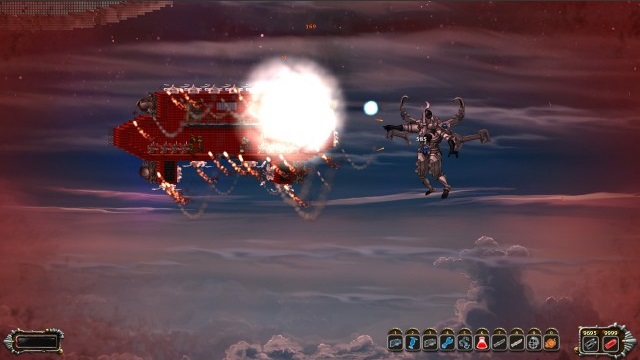
-
WindForge Review Screenshots #2
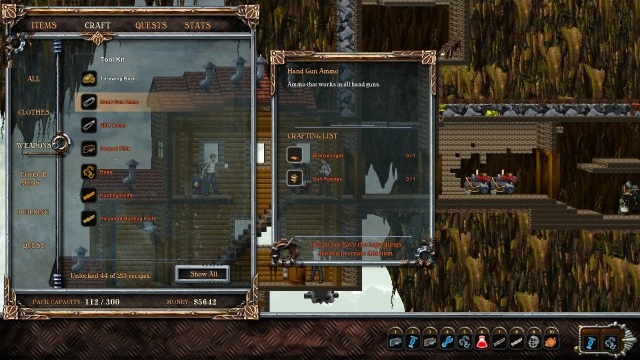
-
WindForge Review Screenshots #3
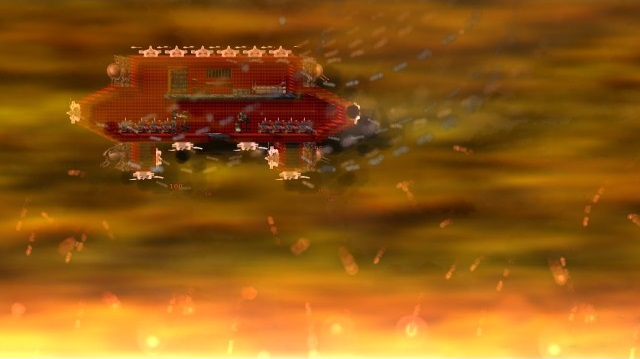
-
WindForge Review Screenshots #4
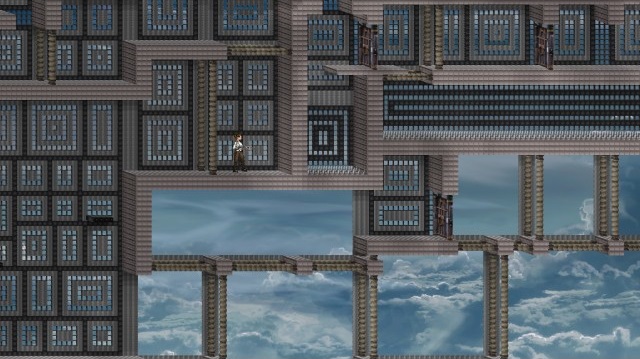
-
WindForge Review Screenshots #5
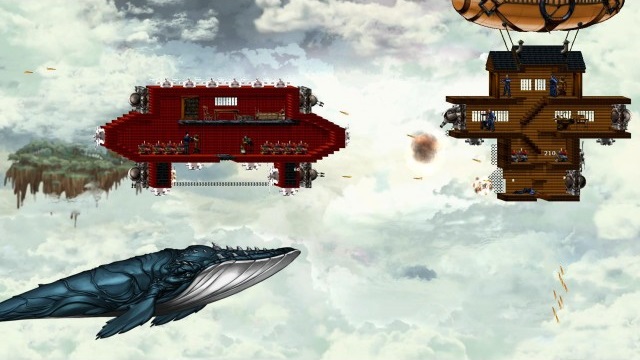
-
WindForge Review Screenshots #6
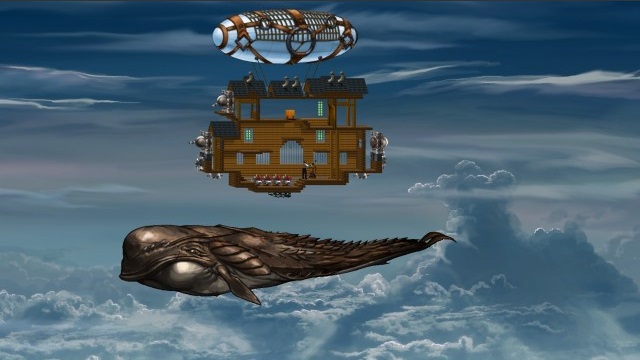
-
WindForge Review Screenshots #7
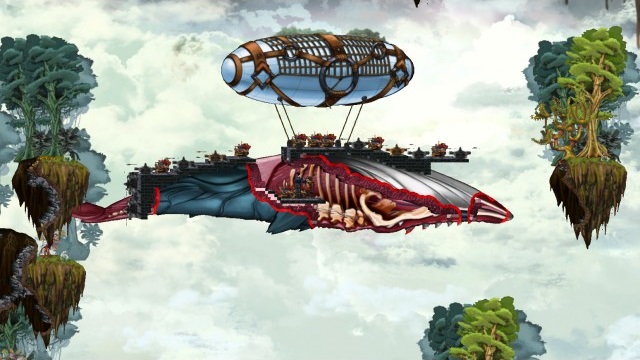
-
WindForge Review Screenshots #8
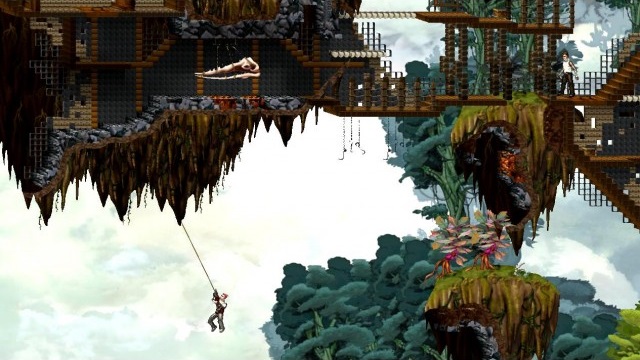
-
WindForge Review Screenshots #9

